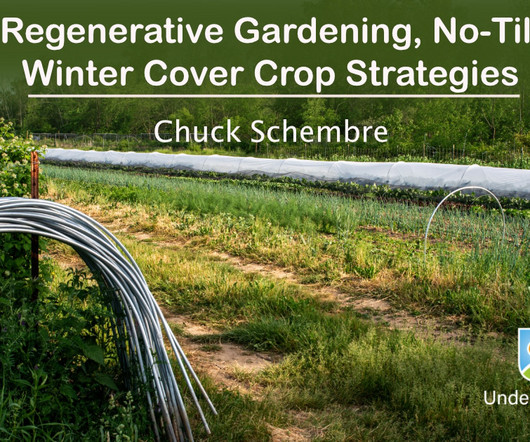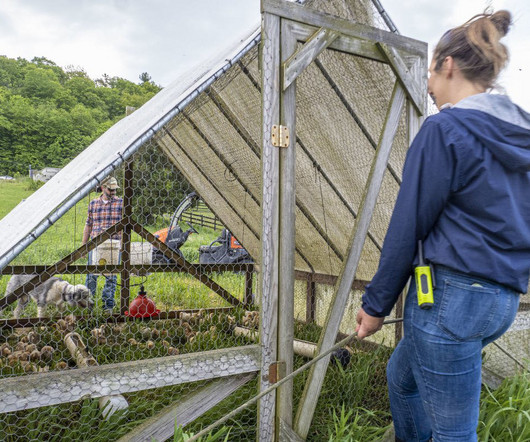Regenerative Gardening, No-Till Winter Cover Crop Strategies
UnderstandingAg
OCTOBER 29, 2023
Identifying Opportunities and Planning Successful cover cropping starts with a strong crop plan and requires additional planning around cash-crop termination and no-till seeding methods. This is generally accomplished by mechanically removing plants by flail mowing, tillage, cultivation equipment, or by manual labor.











Let's personalize your content